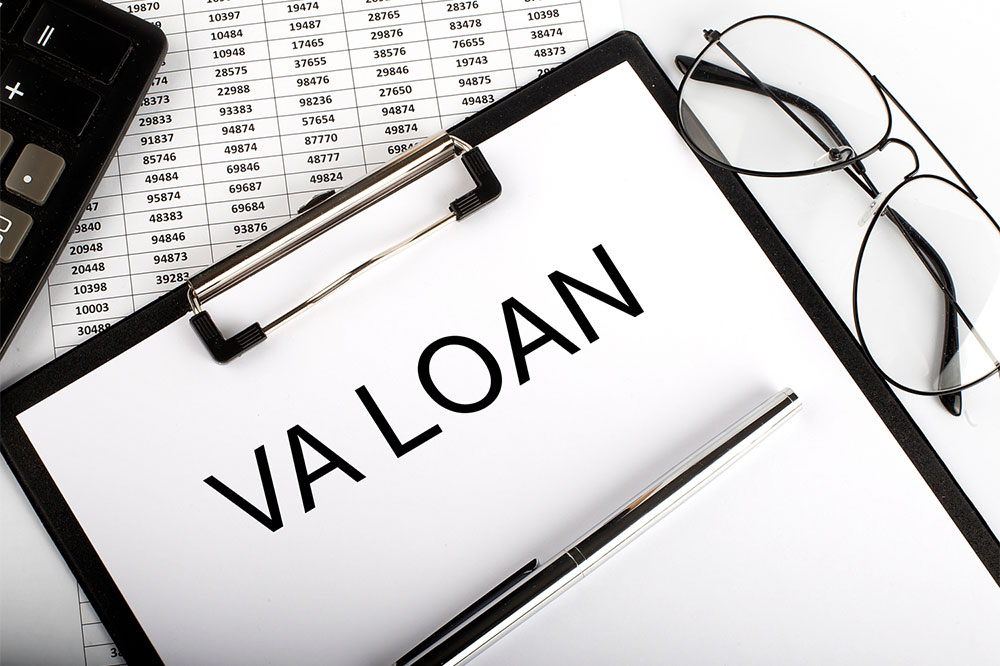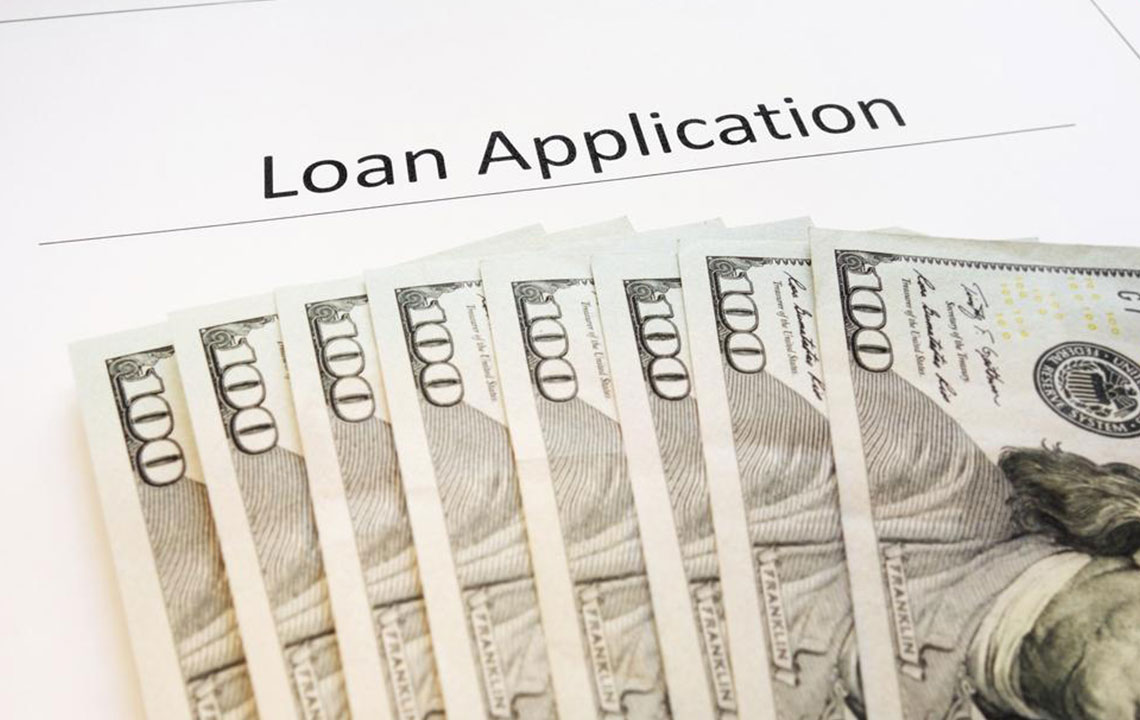Comprehensive Guide to VA Home Loan Refinancing: Unlocking Benefits and Options
This comprehensive guide on VA home loan refinancing explores various options like VA streamline, cash-out refinancing, and switching from conventional to VA loans. It explains the eligibility criteria, documentation requirements, and benefits of each, helping homeowners make informed decisions. Whether you're seeking lower rates, cash access, or better loan terms, understanding these refinancing strategies ensures you maximize your VA loan benefits. The article emphasizes the importance of working with VA-approved lenders and provides practical steps to navigate the refinancing process smoothly, ultimately aiming to improve your financial well-being and homeownership experience.

Comprehensive Guide to VA Home Loan Refinancing: Unlocking Benefits and Options
Refinancing a VA home loan is a strategic financial decision that allows veterans and active service members to replace their current mortgage with a new one, often under more favorable terms. This process can significantly improve your financial situation by reducing interest payments, lowering monthly mortgage costs, or unlocking cash for other needs. Understanding the intricacies of VA refinancing options is crucial for making informed decisions that maximize your homeownership benefits.
VA-backed refinancing offers a range of opportunities, whether you're looking to access your home equity, switch from a non-VA loan to a VA loan, or lower your existing interest rate. The process involves specific eligibility criteria, documentation requirements, and steps that borrowers must follow to ensure a smooth transition. Engaging with VA-approved lenders—including banks and mortgage companies—is essential to capitalize on the various refinancing options available.
Refinancing your VA home loan can serve multiple purposes: paying off your existing mortgage, borrowing additional funds, or restructuring your loan to better suit your financial goals. Depending on your needs and the lender's policies, the loan amount can vary, and you may have the flexibility to use the funds for various purposes, from home improvements to debt consolidation.
Lowering your interest rate and monthly payments is often the primary motivator for refinancing. Additionally, adjusting the loan’s term—whether extending or shortening—can align your mortgage with your long-term financial plans. The refinancing process generally involves several steps:
Find a VA-approved lender experienced in handling VA refinancing transactions.
Prepare and submit necessary financial documentation, including proof of income, credit reports, and current mortgage statements.
Obtain a VA certificate of eligibility, which can usually be secured via your lender or directly from the VA.
Schedule and complete a property appraisal and inspection from an authorized appraiser to determine the current value of your home.
Pay the VA funding fee unless you qualify for exemption due to service-related disability.
Finalize the refinancing process, which includes signing documents and closing on the new loan.
Exploring Lower Interest Rate Options
Existing VA loan holders have particular benefit options, especially through the Interest Rate Reduction Refinance Loan (IRRRL), often called the VA streamline refinance. This program is designed to help homeowners secure a lower interest rate with minimal paperwork and faster approval times. The IRRRL can often be processed without requiring a new credit check, income verification, or property appraisal, streamlining the entire refinancing process.
IRRRL / Streamlined Refinance
Known commonly as VA streamline refinancing, this option provides a simplified, cost-effective way for current VA loan borrowers to reduce their interest rate or switch from an adjustable-rate to a fixed-rate mortgage. The process involves less documentation and fewer steps, making it highly appealing to veterans who want quick results and lower costs. Since this program is designed for those already holding a VA-backed loan, it doesn't require a full underwriting process like a conventional refinance.
Documentation and Qualification Requirements
The VA Home Loan Refinance Calculator is a useful tool in determining eligibility, but generally, the process does not include a requirement for a detailed credit report. Lenders primarily verify that the borrower has had no more than two late payments in the previous 12 months. Some lenders may explicitly minimum credit score requirements, but overall, VA standards focus on recent mortgage payment history rather than strict credit score thresholds.
For streamline IRRRLs, only minimal documentation is needed. Often, no appraisal or income verification is required, simplifying the process significantly. Borrowers need to ensure they meet the late payment criteria and that refinancing will lead to tangible financial benefits, such as reduced monthly payments or a more stable interest rate.
Interest Rate and Payment Considerations
To qualify for a VA refinance, borrowers must have a solid payment history, typically not more than one late payment within the past year. The goal is to secure a lower monthly mortgage payment or shift from an adjustable-rate to a fixed-rate mortgage, providing greater payment stability. It's important to note that cash-out refinancing during a streamline IRRRL is generally not permitted, ensuring that the focus remains on reducing interest rates and payments.
Cash-Out Refinance Options
A VA cash-out refinance allows homeowners to tap into their accumulated home equity by replacing their current mortgage with a new, larger loan. This process differs from the IRRRL, involving more extensive documentation, including recent pay stubs, W-2 forms, and tax returns. The loan amount can be up to 90% of the home's appraised value, providing substantial funds for various financial needs such as debt consolidation, home improvements, or other significant expenses.
Conventional Versus VA Refinancing
For homeowners considering refinancing from a conventional loan to a VA loan, the decision often hinges on changes in property value or financial circumstances. Conventional refinancing typically allows borrowing up to 90% of the home's value. However, if existing mortgage debt exceeds this limit or if the borrower wants to capitalize on the more advantageous terms of a VA loan—such as up to 100% refinancing—switching to a VA loan can make strategic sense.
Consulting with VA-approved lenders can help determine if refinancing into a VA loan is the best option based on your current mortgage balance, home value, and financial goals. A detailed comparison of the potential savings, interest rates, and fees will assist in making an informed choice that benefits your financial health in the long term.
Final Considerations
If your current VA loan interest rate is significantly lower than prevailing market rates, or if refinancing can eliminate or reduce private mortgage insurance costs, it might be worth exploring further. However, it is essential to perform a thorough financial analysis before proceeding. Many VA lenders provide tools and expert advice to help evaluate whether refinancing aligns with your long-term financial plans. By understanding all available options, you can leverage your VA home loan benefits to improve your financial stability and security.





